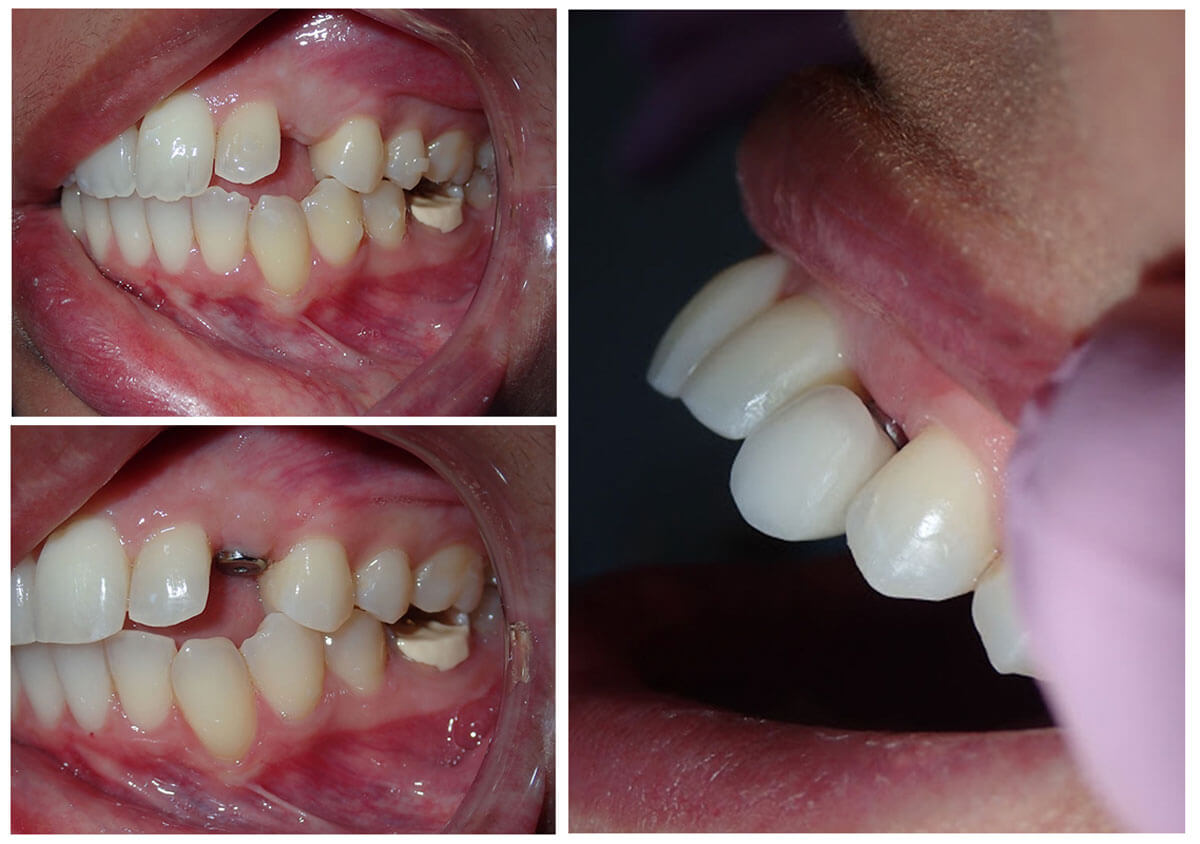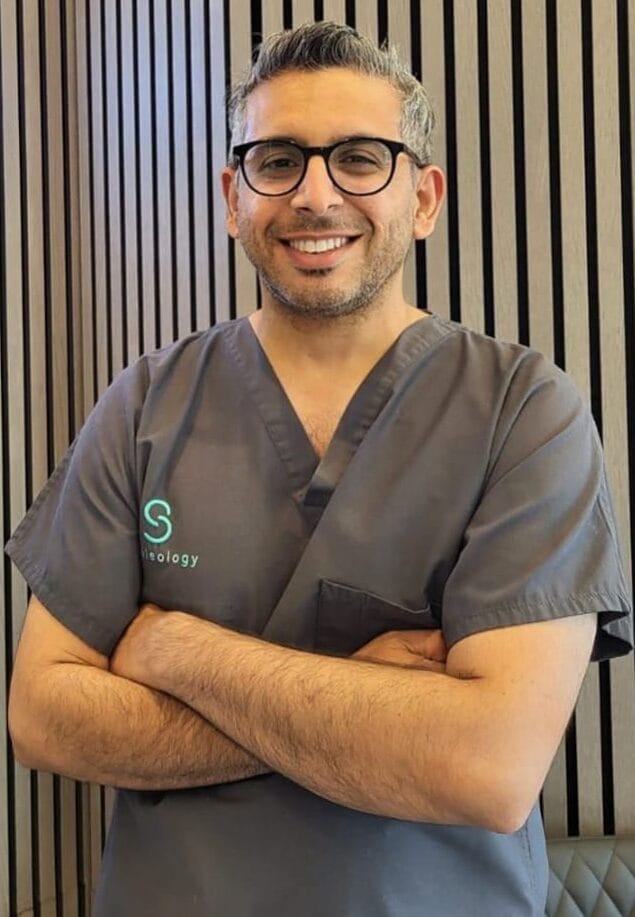Experience the most up to date Technologies in Oral Implants Modern Technology
As the area of dental care remains to progress, the advancements in dental implant innovation have actually been nothing short of impressive. From using innovative products that improve resilience to the implementation of digital imaging for accurate positioning, these developments are changing the landscape of oral care. With minimally intrusive medical strategies and the personalization abilities of 3D printing, patients now have actually access to customized solutions that were once unthinkable. Moreover, the integration of technology is revolutionizing the performance of oral implants, guaranteeing enhanced results and person complete satisfaction.
Advanced Materials for Enhanced Toughness
In the world of dental implants technology, the integration of sophisticated products has dramatically added to enhancing durability and durability of these critical dental prosthetics. The application of materials such as titanium alloys, zirconia, and ceramic compounds has reinvented the field by offering enhanced biocompatibility, toughness, and resistance to corrosion.
Titanium alloys are extensively used in oral implants because of their phenomenal strength-to-weight ratio, deterioration resistance, and compatibility with the human body. These alloys make certain the stability and durability of the implant by holding up against the pressures exerted during speaking and eating, supplying a dependable service for clients seeking long lasting tooth replacements.
Zirconia, a sort of ceramic material, has gained appeal for its biocompatibility and all-natural tooth-like look. Its high stamina and resistance to wear make it an appropriate selection for oral crowns and bridges, improving the general appearances and performance of the dental implant.

Digital Imaging for Specific Placement
The evolution of dental implants technology has even more progressed with the assimilation of digital imaging methods, making certain specific positioning of these prosthetics for optimal functional and visual outcomes. Digital imaging plays a critical function in the preparation and placement of dental implants by supplying thorough 3D images of the patient's jawbone framework. This technology enables dental professionals to evaluate bone density, situate essential frameworks, and plan the precise position and angle for dental implant positioning with unparalleled precision.
By utilizing electronic imaging, dental experts can create virtual medical guides that serve as a roadmap during the dental implant placement procedure. These guides are tailored for every individual, considering their one-of-a-kind makeup and the wanted result. This level of accuracy not only enhances the success price of oral implant treatments yet additionally minimizes the danger of problems.
Additionally, digital imaging makes it possible for dental professionals to picture the last prosthetic restoration prior to the real placement of implants, allowing for meticulous planning and making certain that the end result fulfills the individual's aesthetic assumptions. On the whole, the integration of electronic imaging technology has actually changed the area of dental implants, offering patients an extra predictable, efficient, and patient-specific treatment strategy.

Minimally Invasive Surgical Methods


Advancements in surgical methods have led to the growth of minimally intrusive methods in the area of oral implantology. These strategies aim to decrease injury to the person, reduce recuperation times, and boost total treatment end results. Minimally invasive procedures include smaller lacerations, specialized instruments, and progressed imaging innovations to exactly his response position dental implants with very little disturbance to bordering cells.
One key aspect of minimally intrusive methods is using assisted surgical procedure, where 3D imaging and computer-aided layout software program are employed to plan the dental implant positioning with terrific precision. This enables for a more predictable outcome and can frequently get rid of the need for substantial flap surgical treatment.
Moreover, developments in materials and implant style have additionally contributed to the success of minimally invasive strategies. Implants with boosted surface area buildings promote quicker osseointegration, reducing the recovery time required prior to the prosthetic remediation can be positioned.
3D Printing for Custom-made Solutions
Making use of 3D printing innovation in dental implantology permits the creation of very personalized options customized to individual client needs and physiological variations. This sophisticated innovation enables oral specialists to develop and fabricate oral implants with phenomenal precision and precision. By utilizing electronic imaging methods, such as cone light beam calculated tomography (CBCT), comprehensive 3D designs of the patient's mouth can be generated to direct the implant intending procedure.
One of the crucial advantages of 3D printing in dental implantology is the ability to create patient-specific implants that flawlessly fit the distinct composition of each individual. This individualized method helps enhance the overall success and longevity of the implant by ensuring ideal fit and positioning. In addition, 3D printing enables the production of intricate geometries and complex structures that would certainly be difficult or difficult to accomplish using typical production techniques.
Additionally, 3D printing technology makes it possible for dentists to streamline the implantation procedure, minimizing surgery time and boosting general individual experience. With its capacity to develop personalized remedies promptly and efficiently, 3D printing is transforming the area of dental implantology, offering clients cutting-edge treatment alternatives and boosted outcomes.
Integrated Technology for Improved Capability
Carrying out cutting-edge technology in dental implantology enhances performance and precision, boosting the standard of take care of people undergoing implant procedures. Integrated modern technology plays a critical function in improving the total success and durability of dental implants. One essential advancement is the integration of electronic scanning and imaging modern technologies, such as cone-beam calculated tomography (CBCT) and intraoral scanners. These tools allow for in-depth 3D imaging see post of the patient's oral frameworks, assisting in specific treatment planning and dental implant placement.
Furthermore, the combination of computer-aided style and computer-aided manufacturing (CAD/CAM) innovation allows the creation of custom dental implant reconstructions with phenomenal accuracy. CAD/CAM systems make use of electronic perceptions to create prosthetics that flawlessly fit the client's unique makeup, guaranteeing optimal comfort and functionality. Furthermore, the use of robotic-assisted surgical procedure in dental implant positioning enhances precision and lessens the danger of human mistake.
Conclusion
Finally, the most up to date developments in oral implants technology deal improved sturdiness through sophisticated products, precise positioning with electronic imaging, minimally invasive surgical strategies, customized options with 3D printing, and enhanced functionality with integrated modern technology - Dental implants Kent. These developments in oral implants technology are reinventing the area and providing people with more effective and efficient therapy choices for recovering their smiles and dental health and wellness
The assimilation of innovation is changing the functionality of oral implants, assuring enhanced end results and individual complete satisfaction.
The development of dental implants innovation has actually further progressed with the combination of electronic imaging strategies, ensuring precise placement of these prosthetics for optimal useful and aesthetic outcomes. Minimally invasive surgical procedures involve smaller lacerations, specialized instruments, and progressed imaging technologies to precisely position dental implants with minimal disturbance to bordering tissues.
Applying advanced modern technology in dental implantology improves performance and accuracy, boosting the standard of care for people going through implant procedures. Dental implants Kent. Integrated innovation plays a crucial duty check my site in boosting the overall success and toughness of dental implants